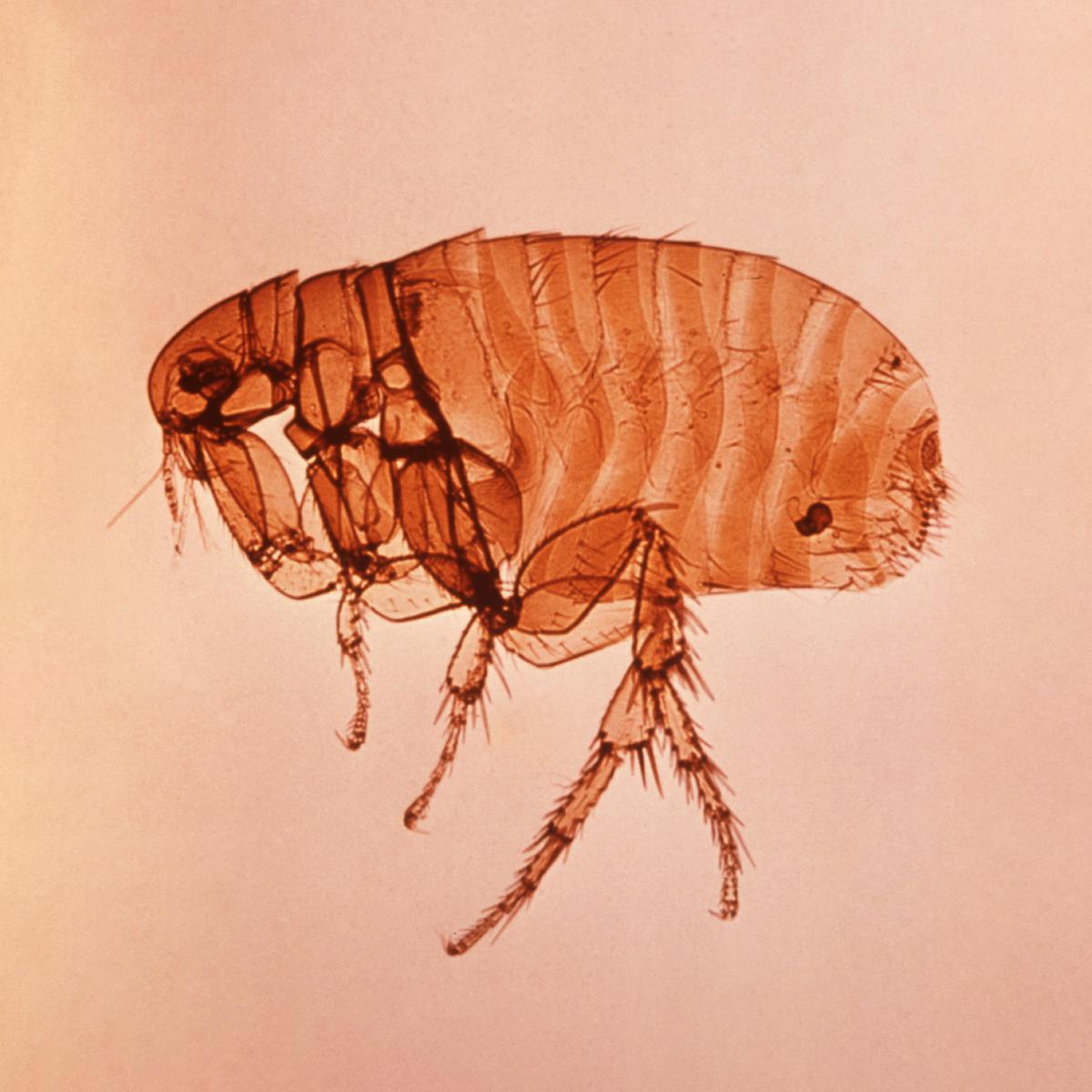Table of Contents
ToggleFleas are a headache for pet owners, but can they make your hair their home? The idea of fleas in human hair is unsettling, especially in Florida’s pet-friendly households. At On Demand Pest Control, we’re here to debunk myths, explain why fleas might end up on you, and share expert tips to protect you and your pets from these pesky critters. Read on to learn the truth about fleas in human hair and how to keep your home flea-free.
Do Fleas Live in Human Hair?
The short answer: no, fleas don’t typically live in human hair. Unlike the dense fur of cats or dogs, human hair isn’t a suitable habitat for fleas to thrive or lay eggs. Fleas prefer animal hosts for their lifecycle, but they can bite humans or briefly end up in hair under certain conditions. Species like dog fleas, cat fleas, or even human fleas (rare) prioritize warm-blooded animals over humans. While fleas may feed on human blood if pets aren’t available, they won’t set up camp in your hair long-term.
Understanding why fleas avoid human hair and how they might still affect you is key to effective flea control, especially in pet-heavy Florida homes.
Why Fleas Avoid Human Hair
Fleas are built for animal fur, not human hair. Here’s why they don’t stick around:
Lack of Density: Animal fur is thick and warm, perfect for fleas to hide, lay eggs, and develop larvae. Human hair is too sparse for their needs.
Egg Stability: Flea eggs fall off easily in human hair, unlike in fur where they stay secure until hatching.
Larval Environment: Flea larvae need debris and shade, found in pet fur or carpets, not on human scalps.
Host Preference: Fleas prefer consistent blood meals from pets, not humans, for their reproductive cycle.
Disease Transmission: Fleas carry tapeworm eggs from animals, a cycle that doesn’t benefit from infesting humans.
While fleas may bite humans, causing itchy welts or allergic reactions, they quickly hop back to pets or nearby environments.
Why Fleas Might End Up in Human Hair
Though not their home, fleas can end up in human hair through close contact or infested surroundings. Common reasons include:
Pet Interaction: Cuddling or grooming flea-infested pets can transfer fleas to your hair or clothing.
Shared Spaces: Fleas in pet beds, couches, or carpets can jump onto humans, especially in heavily infested homes.
Shed Fur: Flea eggs in pet fur can scatter during shedding, landing on you or your hair.
Infested Areas: Walking through yards, crawl spaces, or garages with fleas can lead to temporary hitchhikers.
Lack of Control: Untreated pets continuously reintroduce fleas, increasing the chance of human contact.
These scenarios highlight the importance of treating both pets and their environment to prevent fleas from bothering you.
How to Get Rid of Fleas on You and Your Pets
Finding fleas on yourself or your pet calls for quick action to stop an infestation. Here’s how to tackle fleas effectively:
1. Schedule a Pet Checkup
Start with a vet visit to assess your pet’s flea problem:
Diagnosis: Vets can check for flea-borne diseases like tapeworm or skin infections.
Treatments: Use vet-recommended products like flea shampoos, topical treatments, or oral medications to kill adult fleas and stop pupae development.
Flea Comb: Manually remove fleas and flea dirt (black specks) with a fine-toothed flea comb daily.
Regular grooming and treatments are essential to break the flea lifecycle.
2. Treat Your Home and Pet’s Environment
Fleas thrive in household spaces, so clean thoroughly:
Wash Bedding: Launder pet beds, blankets, and soft toys in hot water to kill eggs, larvae, and pupae.
Vacuum Regularly: Vacuum carpets, rugs, furniture, and baseboards daily to remove fleas and eggs. Dispose of the vacuum bag immediately.
Use Insecticides: Apply pet-safe indoor flea sprays to carpets and upholstery, following label instructions carefully.
Yard Maintenance: Mow grass, clear debris, and treat outdoor areas with flea-specific products to reduce outdoor populations.
3. Protect Yourself
If fleas are biting you:
Shower Promptly: Wash your hair and body with soap to remove any fleas or eggs.
Check Clothing: Launder clothes worn in infested areas to prevent fleas from spreading.
Use Repellents: Apply pet-safe insect repellents to exposed skin when in flea-prone areas.
When to Call On Demand Pest Control
DIY methods can manage minor flea issues, but persistent infestations—marked by constant bites, flea dirt, or pet scratching—require professional help. On Demand Pest Control offers tailored flea control solutions for Florida homes, using safe, potent treatments to eradicate fleas and prevent re-infestation. Our experts provide inspections, targeted applications, and prevention tips to keep your home flea-free. Contact us for a free pest control estimate and protect your family and pets today!
FAQs About Fleas in Human Hair
Can fleas live in human hair like lice?
No, fleas don’t live or lay eggs in human hair like lice. They may bite or briefly land there but prefer pet fur.
How do I know if I have fleas in my hair?
Itchy bites on your scalp or neck, or seeing tiny, jumping insects, may indicate fleas. Check pets and your home for signs.
Can fleas from pets make me sick?
Fleas can transmit tapeworms or cause allergic reactions. Severe cases may lead to infections like typhus, though rare.
How long can fleas survive on humans?
Fleas can feed on humans briefly but won’t survive long without a preferred animal host like a dog or cat.
What’s the fastest way to get rid of fleas?
Treat pets with vet-approved products, clean your home thoroughly, and consider professional pest control for severe infestations.
Keep fleas at bay with these expert tips. For lasting flea control, trust On Demand Pest Control to safeguard your Florida home. Call for a free quote today!
